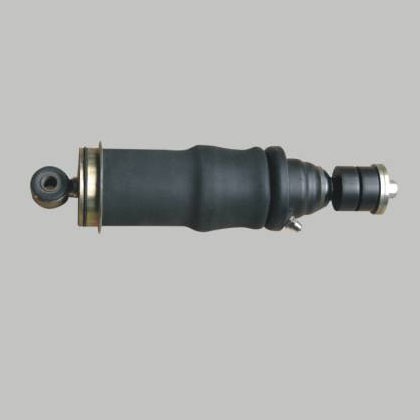Due to normal wear and tear, shock absorbers do eventually wear out and should be replaced. Shock absorbers make your ride safer and more comfortable. They help your car tires grip the pavement, and they keep you and your car from bumping around on rough roads. In this article, we’ll first have a look at the various factors that affect shock absorber’s longevity.
According to Tenneco, the conditions under which you drive can have an effect on the life of your shock absorbers. For example, factors include weather, where you are driving and what type of loads you carry in the vehicle can all affect the service life of your shock absorbers.
So, how long can the shock absorbers last? In fact, as there are so many different affecting elements, there isn’t such an accurate time for you to refer to. However, we can have a rough guess by the car’s mileage. Some shocks may need to be replaced after only 4,000 miles, yet others may function properly well after they’ve been used for 30,000 to 40,000 miles. Some experts recommend having them inspected every 20,000 miles. Many manufacturers offer warranties on shocks for 60,000 miles.
There are generally 6 noticeable signs that are right under your nose notifying you of a bad shock absorber which needs to be replaced. They are longer stopping distance, swerving & nose-dives, vibrations, car sliding & veering, rocking & rattling, and uneven tire wear.
Longer stopping distance means that you have a trouble stopping. It is said that worn shock absorbers can add as much as 20% to your stopping distance. This is a serious and fatal problem that needs immediate attention.
If your car dips or swerves under braking, it can be very dangerous in wet weather since it decreases your control over the car. Check your car shock absorbers if you do dip or swerve under braking.
Do you feel any vibrations through the steering wheel as you’re driving along? If you do have this problem, be cautious, it could be the result of a bad shock absorber that can affect your overall control of your vehicle.
Car sliding or veering is a tale-tell sign of worn shocks.
If your vehicle rattles and rocks over uneven surfaces it is highly likely that your shocks are heavily worn. This rattling and rocking can put pressure on other car components, so it should be fixed as soon as possible.
Uneven tire wear usually means your tires don’t have optimal contact with the road, which can be caused by worn shocks.
Worn shocks don’t just hamper driver comfort; they can harm overall suspension performance and reduce brake efficiency, cornering ability and antilock brake system effectiveness. So when shocks go bad, it’s out with the old and in with the new.

How do I know if my shock absorbers reach its service life?
by
Tags:

Leave a Reply